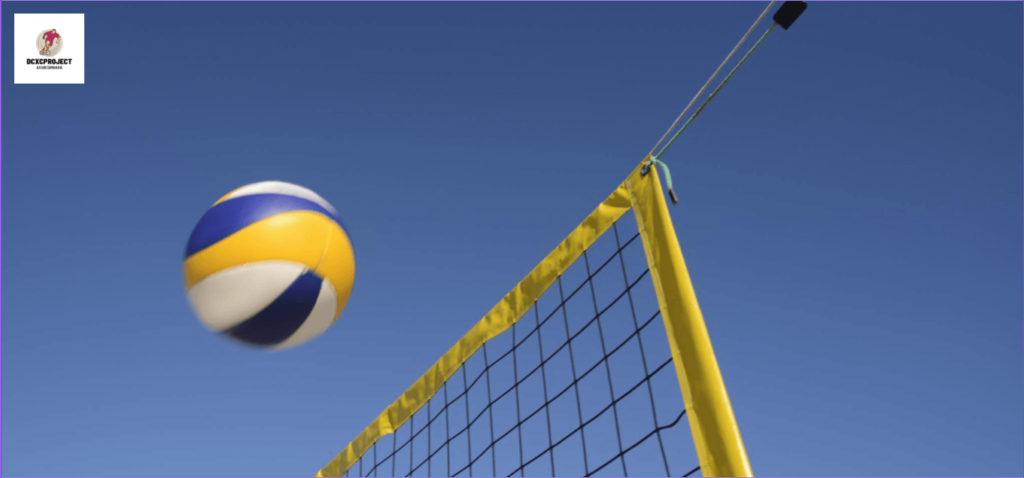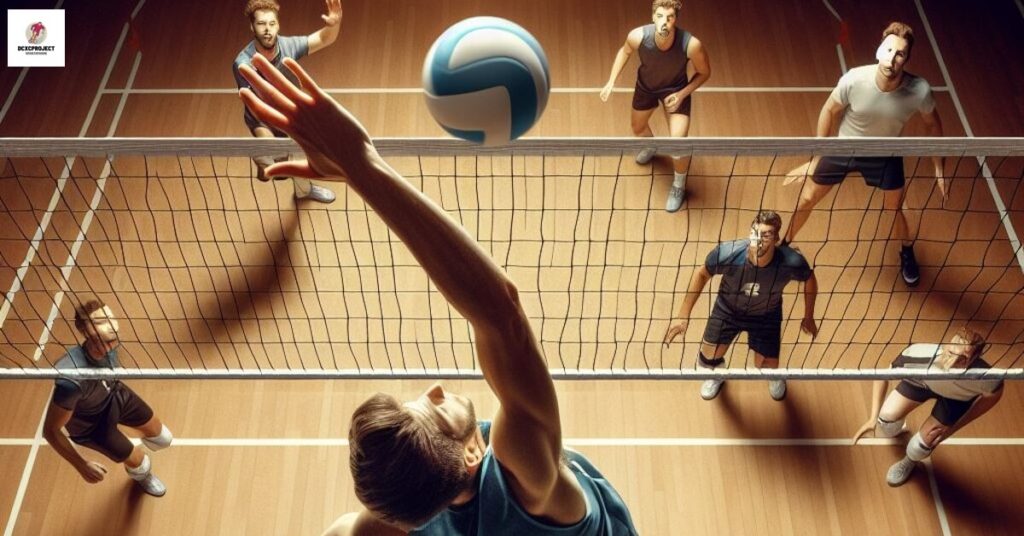In the dynamic game of volleyball, players engage in a flurry of movements and techniques aimed at outmaneuvering opponents and scoring points. One fundamental aspect of the sport is the lift, a term often heard on the court but not always fully understood. Let’s delve into what is a lift in volleyball entails and its significance in gameplay.
Rules Of A Lift In Volleyball
A lift in volleyball refers to a player having prolonged contact with the ball, resulting in basically throwing the ball back into play. It is considered an illegal hit and should be avoided.
Definition Of A Lift In Volleyball
A lift in volleyball refers to an illegal contact with the ball, where a player has prolonged contact and essentially throws the ball back into play. It is typically characterized by underhand contact using the forearm platform pass. This rule is in place to maintain fairness and ensure that the ball is hit cleanly without any excessive manipulation or carrying.
When Is A Lift Considered Illegal?
A lift is considered illegal in volleyball when a player scoops, holds, lifts, or pushes the ball. The ball should never be contacted with an open-hand underhanded motion. Additionally, during the first hit of the team, except when serving, the ball may contact various parts of the body consecutively, but the contacts must occur during one action without any prolonged or excessive contact. This rule helps maintain the integrity of the game and prevents any unfair advantages.
Commonly Called Penalties For Lifting
When a lift is detected during a volleyball game, it is commonly called by the referee and results in penalties. Some penalties for lifting include:
It is important for players to understand and adhere to the rules of lifting in order to avoid penalties and maintain fair play in the game of volleyball. By practicing proper technique and avoiding prolonged or excessive contact with the ball, players can ensure that their hits are clean and legal.

Techniques To Avoid A Lift In Volleyball
In the game of volleyball, a lift is considered to be an illegal hit where a player has prolonged contact with the ball, resulting in essentially throwing the ball back into play. To ensure fair play and maintain the flow of the game, it is important to avoid lifting the ball. Here are some techniques that players can employ to avoid a lift in volleyball:
Proper Forearm Platform Pass
One of the most effective techniques to avoid a lift in volleyball is to use a proper forearm platform pass. This involves contacting the ball with the forearms, creating a solid and stable platform. To execute a forearm platform pass:
Skills For Clean Setting
Clean setting is another essential skill that can help players avoid a lift in volleyball. Setting refers to the act of accurately and cleanly directing the ball to a teammate for an attack. To execute a clean setting technique:
Using A Closed Fist Technique
Another technique that can help prevent a lift in volleyball is using a closed fist technique for certain types of hits. This is particularly useful for defensive actions such as digging or passing a hard-driven ball. To use a closed fist technique:
By employing these techniques – proper forearm platform pass, clean setting, and using a closed fist technique – players can significantly reduce the risk of committing a lift in volleyball. It is essential to practice these techniques regularly to develop the necessary skills and muscle memory, enabling players to execute clean and legal hits during gameplay.
Frequently Asked Questions On What Is A Lift In Volleyball
What Is Lifting Position In Volleyball?
A lift in volleyball is when a player has prolonged contact with the ball, essentially throwing it back into play. It is considered an illegal hit. The contact with the ball should be with the forearm in an underhand motion.
Can You Lift On The First Hit In Volleyball?
In volleyball, lifting is not allowed on the first hit. Players cannot scoop, hold, lift, or push the ball. The first hit can only be made with an underhand platform pass using the forearm. Open-hand underhanded contact is not permitted.
Multiple consecutive body contacts are allowed as long as they occur in one action.
Can You Lift In Beach Volleyball?
In beach volleyball, you are not allowed to lift the ball. Lifting is when a player has prolonged contact with the ball and essentially throws it back into play. Contact with the ball should be made with a forearm platform pass.
What Is An Illegal Set In Volleyball?
A lift in volleyball is when a player has prolonged contact with the ball, resulting in essentially throwing it back into play. This is considered an illegal hit and should be avoided. Underhand contact with the ball should be made using a forearm platform pass.

Conclusion
In volleyball, a lift occurs when a player has prolonged contact with the ball, resulting in essentially throwing it back into play. It is important to note that underhand contact with the ball should be made with the forearm platform pass.
Players are not permitted to scoop, hold, or push the ball with an open-hand underhanded motion. Understanding the rules and practicing proper technique can help avoid lifting in volleyball.

